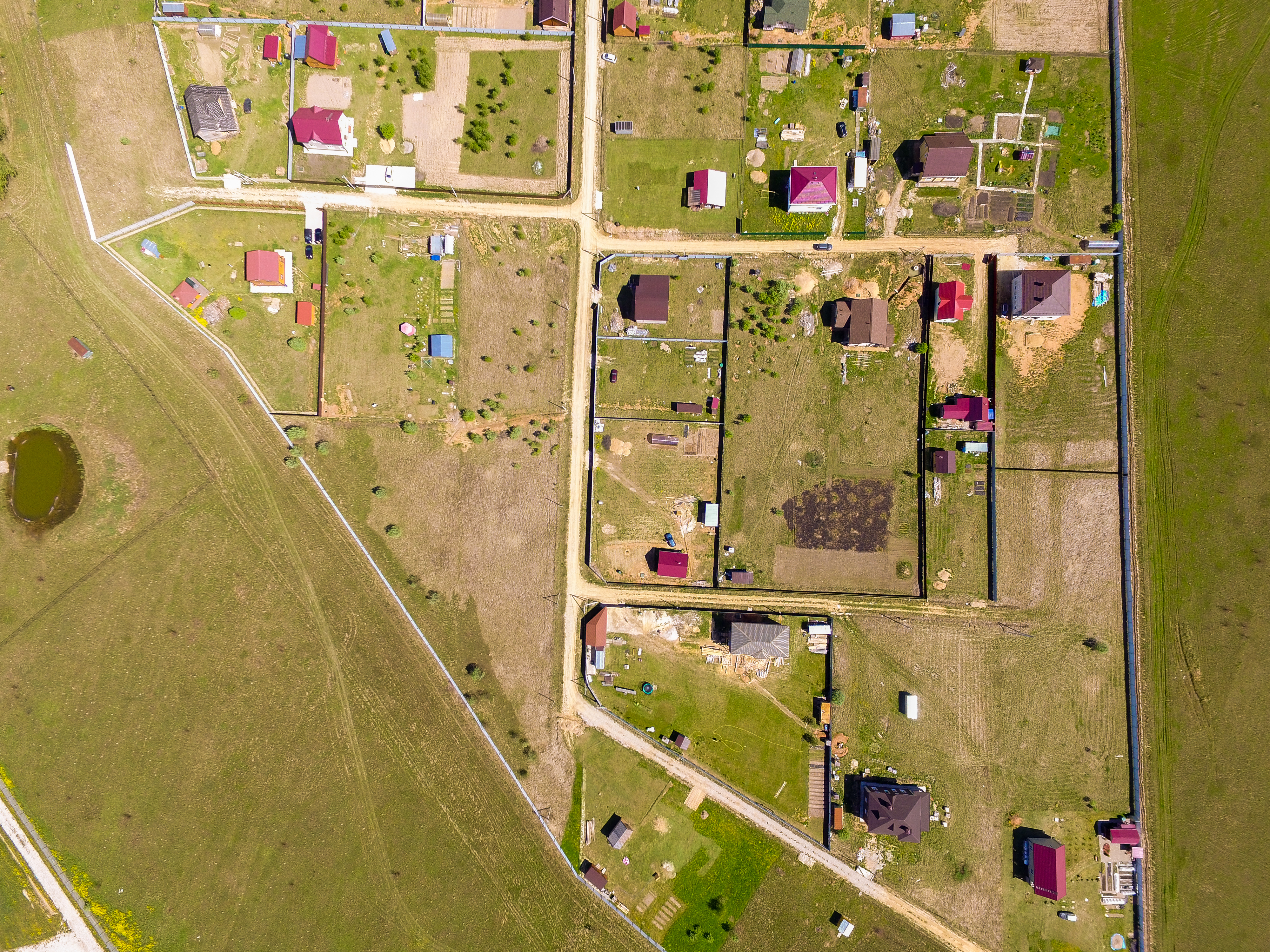Home Insurance Companies Using Drone Shots in Texas
A Texas resident had faithfully insured her Austin home with Travelers Insurance for over a decade. So she was shocked when she received an email saying her policy wouldn't be renewed due to overgrown trees near her roof, backed by aerial photos taken without her knowledge.
She's not alone. Across Texas and the country, insurance companies are increasingly relying on aerial images taken by drones, satellites, and aircraft to inspect homes without setting foot on the property. These images, sometimes analyzed by AI, are used to spot issues like moldy roofs or dangling branches. If flagged, homeowners may be denied coverage renewal.
Aerial Surveillance Trend
Insurance companies increasingly deploy drones to capture detailed property images, particularly focusing on roof conditions invisible from ground level. These aerial inspections identify aging shingles, improper drainage, structural issues, and maintenance deficiencies without physically accessing the property. This technology-driven approach has expanded rapidly across weather-exposed states like Florida, Texas, and California, where property condition significantly impacts insurers' risk exposure. Many homeowners report receiving nonrenewal notices citing specific defects documented exclusively through drone photography, which they weren't aware was conducted.
Insurer Justification Perspective
Carriers defend drone inspections as essential risk management tools, providing objective property condition documentation. Traditional inspection methods often miss critical roof issues, creating significant claim exposure during severe weather events. Drones capture comprehensive visual evidence of deterioration, allowing more accurate underwriting decisions and appropriate premium calculations. Insurers argue this technology helps maintain market stability by identifying high-risk properties requiring intervention before losses occur.
Homeowner Impact Considerations
For property owners, drone-based nonrenewals create significant challenges. Many receive cancellation notices without warning for previously unknown issues, leaving a limited time to address problems before coverage terminates. The sudden transition from insured to uninsurable status can force homeowners into expensive repairs or high-priced specialty insurance markets. Most concerning, these inspections often occur without direct homeowner notification, meaning the first indication of problems comes with the nonrenewal letter.
Protective Response Strategies
Homeowners can implement several strategies to protect against drone-based nonrenewals. Regular roof and exterior maintenance with documented repairs provides evidence of responsible ownership. Requesting copies of drone images when cited in nonrenewals creates transparency about identified issues. Conducting pre-renewal self-inspections helps identify potential problems before company drones discover them. In some states, consumers have successfully challenged nonrenewals when companies failed to conduct physical verification beyond drone evidence or violated notification requirements established by insurance regulations.


